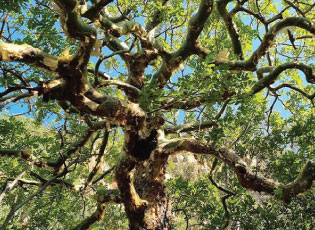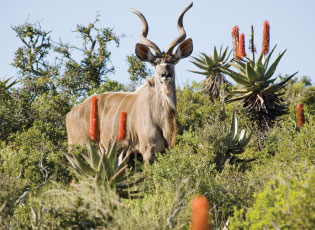species
legislation

National Environmental Management: Biodiversity Act 10 of 2004
The National Environmental Management: Biodiversity Act, or NEMBA as it is more commonly called, is the first national law in South Africa focused on biodiversity! Before 2004, biodiversity and conservation, as a whole, were regulated by the provinces only, creating a very disjointed approach to regulating biodiversity in one of the most biodiverse countries in the world.

National Forests Act 84 of 1998
The National Forests Act aims to conserve South Africa’s natural forests and woodlands and manage plantation forests. Chapter 3 of this law prohibits the destruction of trees in natural forests (see section 7) and protects forest areas and certain trees. Chapter 7 details a range of crimes relating to forests or woodland areas and protected trees.

Marine Living Resources Act 18 of 1998
The Marine Living Resources Act (MLRA) aims to provide for the conservation of marine ecosystems and species. The MLRA comprises eight chapters. Chapter 3 manages fishing, including determining allowable catches, allocating fishing rights, and regulating commercial fishing in South Africa. Chapter 5 prohibits certain forms of fishing, and chapter 7 details various fishing-related crimes and penalties.

Game Theft Act 105 of 1991
The Game Theft Act aims to regulate the ownership of wild animals. Importantly this law only applies to wild animals held for commercial or hunting purposes.
In terms of this law, if the wild animal(s) is kept on land that is sufficiently enclosed (as proven by a certificate of adequate enclosure issued by the government) or if the wild animal is held in a pen or kraal or in or on a vehicle, then ownership of the wild animal(s) will not be lost if they escape or are stolen.

Animals Protection Act 71 of 1962
The Animals Protection Act (APA) is South Africa’s primary welfare legislation, aiming to prevent animal cruelty (including wild animals, wild birds and reptiles in capacity or under the control of a person).
Section 2 of the APA provides for a wide range of cruelty offences, and if convicted, the person is liable to imprisonment or the payment of a fine.

